Today I’m going to share the New Yorker’s guide to Chelsea and the Meatpacking District. As a born and bred New Yorker when I think of Chelsea and the Meatpacking District, I imagine art galleries, the High Line, and upscale residences. These areas also have a cool history and awesome things to do. In this New Yorker’s guide, I’ll share everything you need to know, do, eat, and see in this area.

The Meatpacking District’s History:
Today the Meatpacking district still eludes to its past with old loading platforms along cobbled streets that were once used as a meatpacking and distribution center. At its peak, in the late 1920s, the Gansevoort Market (as it was once called) was home to 200 companies. Locals called it the “Goose Market” and it drew New Jersey and Long Island farmers with wagons of produce every morning since 1879.

However, when maritime traffic decreased in 1960 the area declined and dwindled to only seven companies by 2011. Starting in 1970, wild parties started to fill the abandoned warehouses and there were even hints of Mafia involvement and police corruption. However, when anti-AIDS laws started shutting down some of the more sexual clubs that party scene became tamer. Eventually the area became an historic district in 2003. Since then, development has accelerated thanks to luxury apartments, boutique shops, and restaurants.
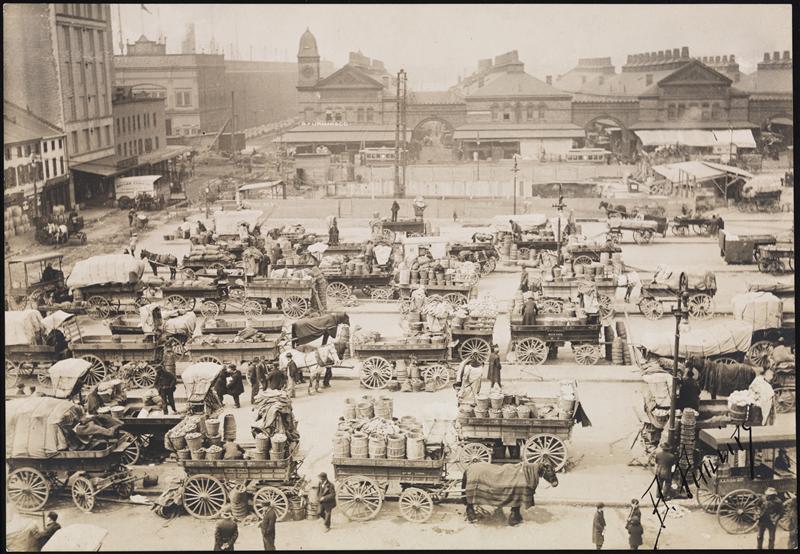
Chelsea’s History:
Chelsea owes its name to Captain Thomas Clarke, a British captain who owned the area in 1750 and named his estate after London’s Royal Hospital, Chelsea, a refuge for old and disabled soldiers. His grandson, Clement Clarke Moore, began developing Chelsea’s neighborhood in the early 1800’s from meadows to building lots. Clarke saw that the city was expanding North and wanted to take advantage of his ample land. A fun fact is that he was also a poet (and professor at Columbia), who wrote the poem “A Visit from St. Nicholas”. Doe “Twas the night before Christmas..” sound familiar to you?

As Western Chelsea developed, breweries, slaughterhouses, and glue factories moved in, which attracted immigrants looking for jobs. Scottish, Spanish, Irish, French, and Greeks all settled here in the mid-1800’s. Easter Chelsea became a theatrical district in the 1870’s, which eventually moved to where Broadway is today in Times Square.

A New Yorker’s Guide to Chelsea & The Meatpacking Industry’s Attractions:
The High Line (2009):
The High Line is a park that was created on an abandoned railroad viaduct 30 feet above the street. It stretches about 20 blocks from the Meatpacking District to Midtown West. It is especially beautiful in autumn.
History of the High Line:
In the 1800’s the New York Central Railroad ran down the middle of Eleventh and Tenth Avenues. The trains spewed dust from the coal, which made the streets dirty and dangerous. No one wanted to live in this area because of it. The train was such a safety hazard that a group of men known as the “West Side Cowboys” would gallop up and down it on horseback waving flags to prevent people from being hit by trains. Nonetheless, it because known as “Death Avenue” because of the frequent accidents.


The elevated railroad (that is called the High Line today) was originally constructed for freight trains in 1930. To avoid darkening the road below it ran between buildings and the street, giving locals the chance at some sunshine peering through the track. The trains would go into elevated warehouses to gather goods then back up to Albany, New York (the capital).


In the 1950s, trucking became more popular than trains reducing the use of the High Line significantly. Eventually, the last delivery was made in 1980. It was a train carrying frozen turkeys. Demolition of the track was expensive and no one wanted to pay for it so the track slowly fell into disarray. Urban explorers started finding their way to it, and two men; Robert Hammond and Joshua David, formed a group called “Friends of the High Line”. They petition for it to be turned into a park, which eventually happened in 2009 by a handful of architects.


Visiting The High Line:
As a New Yorker, I recommend starting your journey down The High Line at The Vessel. The northern section of The High Line reflects the unkempt days when the tracks were forgotten and abandoned. There are various works of art throughout it that change depending on when you visit.

Near 13th street, the Standard Hotel straddles the walkway (this is where Madonna filmed her music video “Bitch, I’m Madonna”). A block from here you’ll notice that water slides across the pavement, and then passes through the old Nabisco Factory (where Oreo’s used to be made).
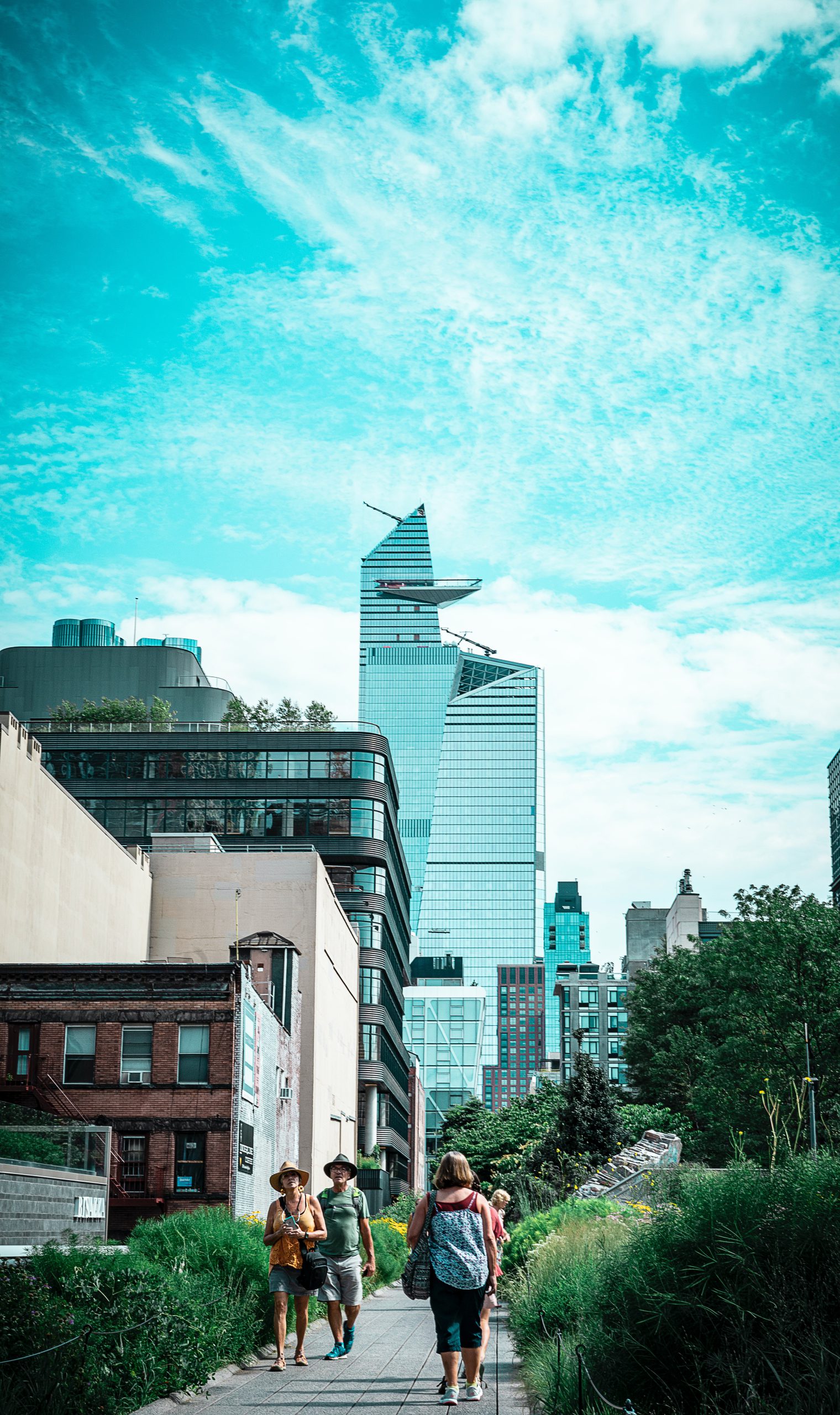
Insider tip: Please note that if you are visiting during COVID times you will need to get tickets in advance. They are free, but they monitor how many people can visit at one time.
The Whitney Museum (1931):
The Whitney museum has the largest collection of contemporary American art in the world. It is a must-visit for art lovers!
Whitney Museum’s History:
This museum was the brainchild of Gertrude Vanderbilt Whitney, who was the great-granddaughter of Cornelius Vanderbilt (extremely wealthy because of railroads and shipping). Gertrude was always interested in the arts and was a sculptor.

She started collecting American pieces in 1907 from starving artists and stored them in an old stable in Greenwich Village. Her vision was to one day sell the pieces to the Metropolitan Museum of Art. However, in 1929 galleries were dominated by European paintings and no one took American art seriously. The Met declined her offer and in 1931, she started the Whitney Museum with the 500 works she had collected.
Visiting the Whitney Museum:
The museum is a massive 18,200 sq. ft space with five floors of rotating galleries that have rotating exhibits, and four outdoor sculpture terraces. The collection has expanded from Gertrude’s collection of 500 pieces to 21,000 works by 3,000 artists, representing all major movements in 20th-century American art.
Insider tip: When visiting, don’t miss the rooftop café. It is lovely and offers beautiful views of the High Line from above.
Chelsea Market: Top Pick of the New Yorker’s Guide to Chelsea!
Chelsea Market is one of my favorite places to visit in New York, which is why I had to include it in the New Yorker’s guide to Chelsea and the Meatpacking Industry! It was formally the location of the Nabisco (National Biscuit Company) factory. They invented/produced Oreo’s and Mallomars here in 1920. Today it is a massive food hall with some of the best restaurants in New York, plus great places to shop (Artist & Fleas is a MUST-visit here)!

Insider Tip: Get tacos at Los Tacos No. 1. I recommend trying their carne asada and pollo asado tacos. I love them so much, I even have recipe showing how you can make them from home!
Google New York
Chelsea has become known as “Silicon Alley” because the east-coast headquarters of Google and IAC are located here. It is a massive 15-story-block that cost Google $1.8 billion and has 2.9 million square feet (this is more floor space than the Empire State Building). If you’re lucky enough to work there (or know someone that does), then you can see the interior that includes scooters to get around, free gourmet dining, game rooms, terraces, and unique meeting spaces, such as old subway cars and the insides of regular apartments.
Printed Matter
Printed Matter holds a collection of 15,000 books and posters of artists. The store was founded in 1976 by a non-profit organization to foster the appreciation of artists’ books.
Insider tip: Head to the backroom to see a small historical exhibit.
Empire Diner
The Empire Diner has appeared in countless films and TV shows, including Woody Allen’s Manhattan and the cover of Tom Waits album Asylum Years. It was built by a railroad car company and refurbished in 1976 with the Art Deco style.
Insider tip: Order their meat loaf, buttermilk biscuits, or salmon paillard.
The Mckittrick Hotel: Top Pick of the New Yorker’s Guide to Chelsea!
The McKittrick Hotel is not a hotel as you may expect. Instead, it is a space of curiosities that include Gallow Green (a rooftop garden restaurant and bar) and Sleep No More (a theatrical experience like no other). Gallow Green transforms into a rustic 1930’s farmhouse during the summer, complete with an old train car (a nod to the neighborhoods past). In the winter, it becomes a Scottish lodge complete with fire pits.

Insider tip: You need to make a reservation before going because they get sold out fast!
The Rubin Museum of Art
The Rubin Museum of Art is dedicated to Himalayan art. It holds a collection from Tibet, Nepal, Mongolia, and Bhutan. The location used to be a Barney’s store, which is why the interior of the space is so elegant.
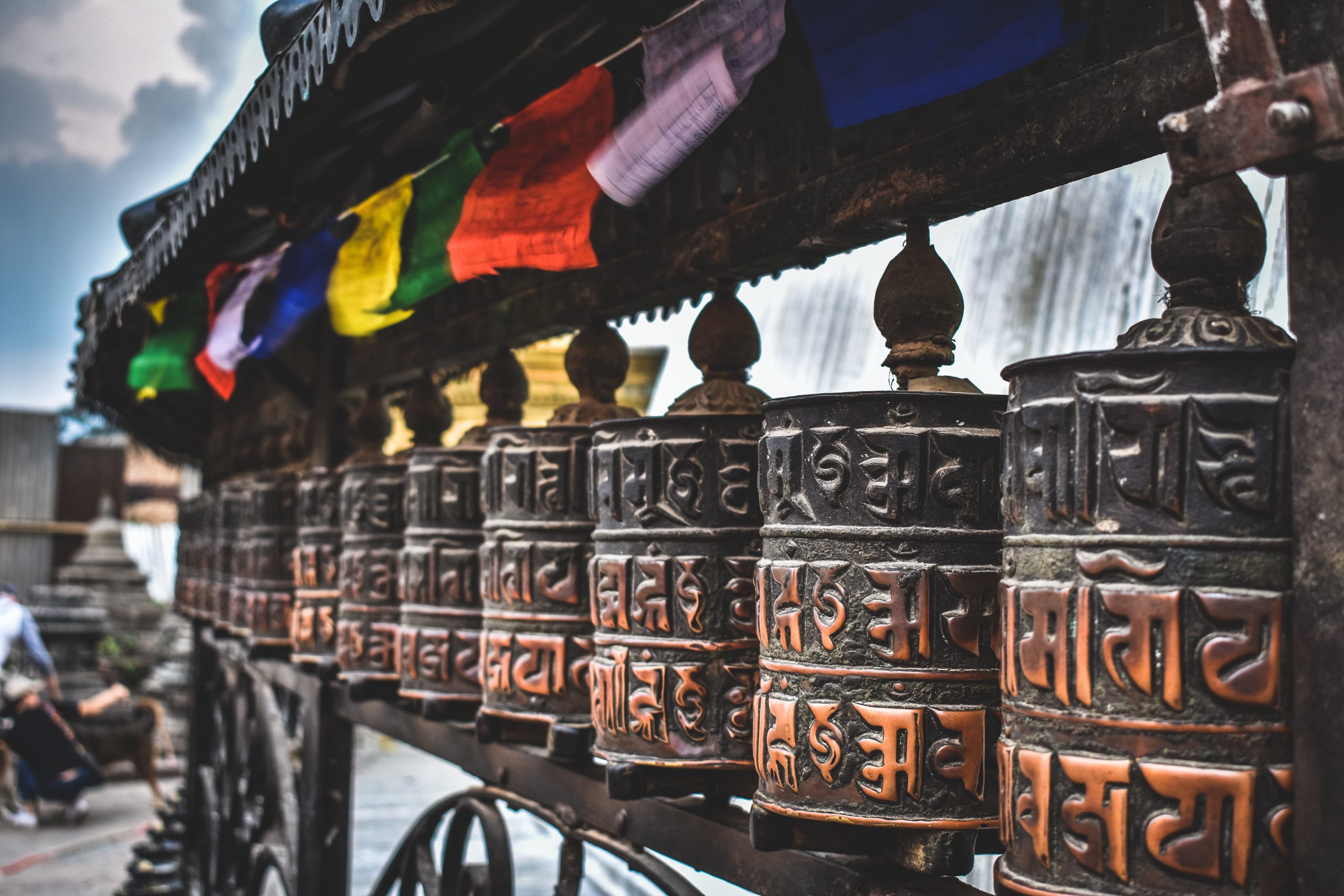
The Chelsea Hotel
The landmarked Chelsea Hotel is known for its interesting history with artists, musicians, and writers. Though it is not open today, it is worth seeing from the outside. It became a residential hotel in 1905, and came into its peak popularity in 1930. This is a list of some of the strange things that have occurred here:
- Dylan Thomas went into a fatal comma in room 205. Andy Warhol later portrayed this in his film “Chelsea Girls”.
- Sid Vicious, bass player of the punk rock band Sex Pistols, murdered his girlfriend with a hunting knife in 1978.
- Composer George Kleinsinger wrote the children’s musical “Tubby the Tuba” on a piano while his pet boa constrictor encircled around him.
Chelsea Piers
Chelsea Piers is a massive eight-block building designed by the architects of Grand Central Terminal, Warren & Wetmore. It was originally made to accommodate the transatlantic liners of the early 1900s but today it is a massive commercial sports complex. It includes an ice skating rink, a golf range, a skate park, a pool, and much more. To is also the launching spot for Classic Harbor Line cruises (one of my favorite things to do in NYC)!
Hudson River Park: Top Pick of the New Yorker’s Guide to Chelsea!
This park stretches four miles along the Hudson River, and has been touted the most important park in Manhattan since Central Park. Its 550 acres are landscaped naturally with grass, boulders, trees, and flowers. You can also see some of the old piers (including where the titanic would have docked if it didn’t sink).

Insider tip: Head to Chelsea Cove, which I think is the most beautiful areas of the park (between 22nd and 25th street). It was designed by Michael Van Valkenburgh and has a skate park, lawn, and public gardens. There is also a solar-powered carousel for kids that has hand-carved creatures indigenous to the Hudson River.
Martinez Cigars
Martinez Cigars is a little Dominican cigar factory where they still hand roll the cigars in shop. They’ve been in business for over forty years and make them the old-fashioned way, just as it would be done in a Cuban or Dominican factory. They can make you a fresh one right on site!

I hope you found my New Yorker’s guide to Chelsea and the Meatpacking district helpful! I have guides on many other neighborhoods of New York, so check them out if you are exploring. If this is your first time in NYC, then read my guides on what you should know before visiting, tourist traps, and best restaurants. Don’t miss my YouTube channel, where I’ve created over 60 videos on visiting the big apple!









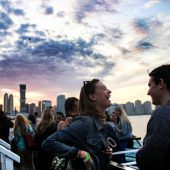





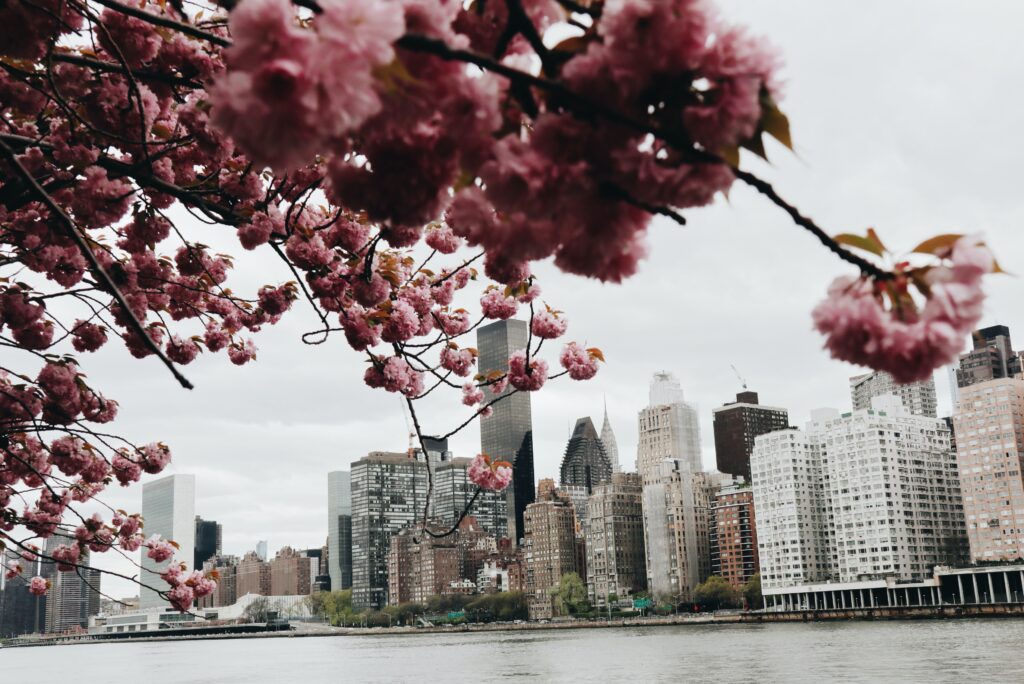
This site is protected by reCAPTCHA and the Google Privacy Policy and Terms of Service apply.